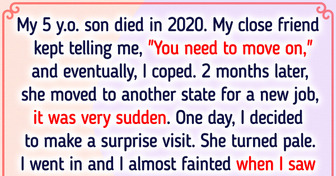I’m Being Thrown Out of My Own House by My DIL

As you know, all the continents on Earth have different climates, ecosystems, and cultures... But it wasn’t always like this. In fact, this will also change in the future. Someday, our world will change beyond recognition.
All continents will become one great land. What will it look like? Well, I won’t be around for this, but let’s find out, shall we? Let’s peek at the world map.
There are 7 continents: North and South America, Africa, Australia, Antarctica, Europe, and Asia. If you know this, congrats — you still remember something from elementary school!
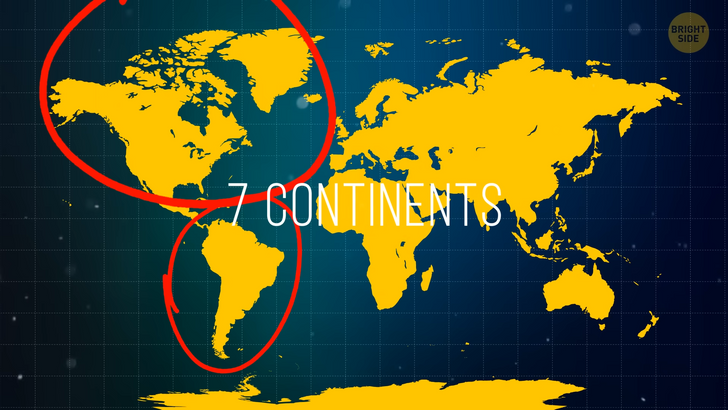
Now, have you ever noticed that their borders line up quite well with each other? For example, South America and Africa look just like two puzzle pieces. The scientist Alfred Wegener also noticed this back in the 1910s. After finding this out, he continued to “assemble the puzzle” and noticed that India and Madagascar line up with Africa just as well!
But that wasn’t the only strange thing about the world. For example, we found the fossils of the same ancient animals... On completely different continents! Now how’s that possible? They couldn’t have originated as a species in Japan and Central America at the same time. That’s just preposterous, a special word I like to deploy now and then.
Could some of them have crossed the ocean? Eh, that’s unlikely... Unless they’re some kind of Olympic swimmers. Maybe there used to be some kind of natural bridge between these continents? But even though so much time has passed, if it really existed, we would’ve found traces of this bridge. And what kind of crazy builder would build a road that long?!
There were a few other strange things. For example, people found traces of the same mountains both in the USA and in Scandinavia. What does it all mean? Wegener thought hard about it, and then... It dawned on him! A brilliant discovery! In 1912, he presented his idea to the world. The general idea was that the continents moved like icebergs on water. They’re constantly converging and diverging.
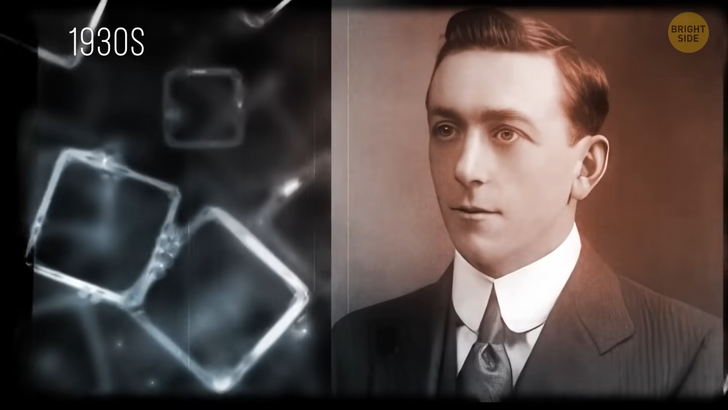
Now, we know that he was 100% right. But, unfortunately, scientists at that time basically pelted Wegener with tomatoes. He lacked data and couldn’t explain exactly how these plates move. Nevertheless, Wegener didn’t give up. He wrote a book called “The Origin of Continents”. And finally, in the 1930s, the geologist Arthur Holmes filled in the blanks in Wegener’s theory. Finally, the world...
Oh, no, wait. We’ll have to wait another couple of decades until the world realizes that this is true. People are kinda slow, huh? Anyway, now we call it “the theory of continental drift”. By the way, on a grammatical note, when we travel on a continent away from the beach to farther inland, we say we’re going inland, rather than we’re going incontinent. Big difference, don’t mix ’em up.
Meanwhile, the continents on Earth move along the mantle by several inches per year. Every few million years, they bump into each other and create the so-called “supercontinents”. Supercontinents are, as you might have guessed, HUGE landmasses that consist of several smaller continents. We’re still not sure how many of them existed before. But you’ve probably heard about one of them. It became the most famous because scientists believed that it was the only supercontinent in the history of the Earth.
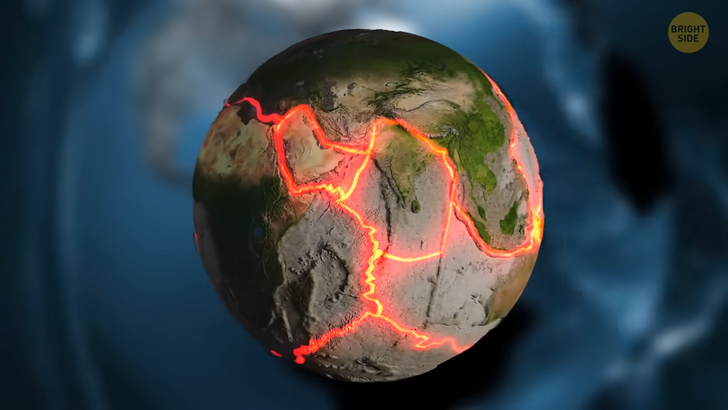
It was named “Pangaea”. Because Afra-Arctica-Euro-Aussey-Amer-Asia is too long to remember. Just kidding. “Pangaea” from Greek means “the entire earth”. Beautiful, right? This supercontinent existed for about 160 million years, but it broke up a very long time ago. That’s why it’s hard to even imagine what Pangaea looked like and how many things have changed in it.
It was significantly different from our present Earth. For example, there weren’t any mountain ranges that we have today. The CO2 concentration was 5 times higher than it is now, so the average temperature was much warmer. It’s possible there wasn’t even ice on Earth — only tropical forests. This Earth could be a greenhouse, and even the North Pole could be covered with rainforest. Sounds like a pleasant place!
Dinosaurs witnessed all this, but we didn’t. The first humans appeared only 2 million years ago. And the first Homo Sapiens — which is basically us — appeared only 300 thousand years ago. So, unfortunately, we as a species missed the cool continental drift part. But maybe one day, we’ll be able to see what it could look like.
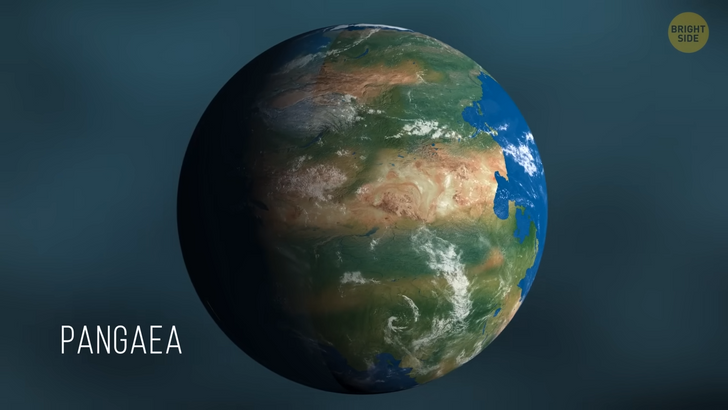
You see, Pangaea wasn’t actually the first supercontinent. There were at least 3 of them before it. The oldest one, Vaalbara, existed about 3.6 billion years ago. It became the “grandma” of all the continents we know today. Vaalbara included almost all of them. Then it broke up, like a couple on a bad date, and we got her “grandkids” — Ur, Kenorland, Nuna, and so on.
Eventually, it came to Pangaea. Now we know that they form every 600 million years. That’s called the “supercontinent cycle”. That means, one day on Earth everything will merge together again! But when and how will it happen? First of all, we need to clarify something.
We have one supercontinent, right? Basically, one huge island. This means the rest of the world is now a super-ocean... Except for a couple of small islands, maybe. The ocean at the time of Pangaea was called “Panthalassa”. And our cool, mysterious Pacific Ocean is actually just its pathetic remnants. The other two big oceans, the Atlantic and Indian ones, were born when Pangaea started to break into separate parts.
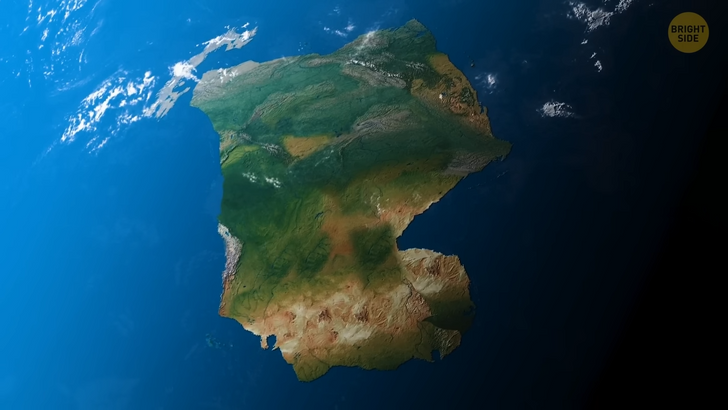
So, when these oceans “close”, completely drying up, new supercontinents are formed. And every time they close gradually and very slowly. It means that the Pacific Ocean is shrinking in size right now. Yep! It loses a few inches a year. Boy, I could sure lose a few inches a year. It’s hard to imagine, but in the future, it will become an ordinary puddle.
It will disappear together with the Arctic Ocean, and that’s inevitable. But when it happens, a new supercontinent will appear... Amasia. The birth of Amasia was predicted by scientists from the University of New Curtin in Australia. They did some very complex calculations on a supercomputer. They uploaded the continental movements of the last 300 million years or so. And then, based on these calculations, the computer predicted what the future holds for us.
We learned that one day, the Americas — both South and North — will collide with Asia. And this collision will create a new supercontinent... with a very original name. As already mentioned, the Pacific Ocean will one day completely disappear. On the other hand, the Atlantic Ocean is growing right now, pushing both Americas to the west.
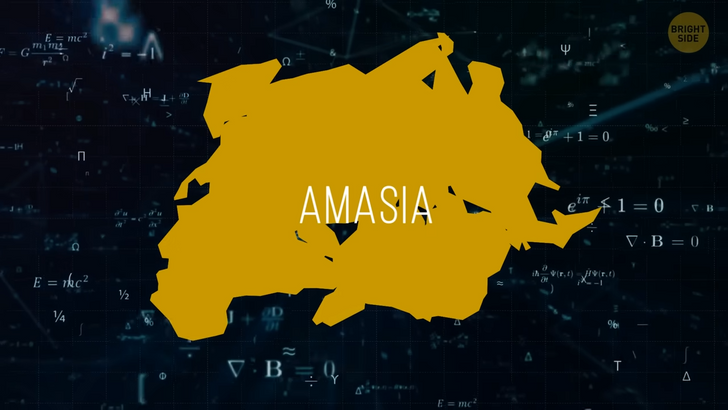
So when Amasia appears, this ocean may become the new largest ocean in the world. So here’s what it’s gonna look like: both Americas will collide with East Asia, and, although it’s hard to predict, some sources claim that Antarctica eventually will find its way to South America. Australia will also play a huge role in this — it may connect America and Asia. So, it won’t be “down under” anymore? Guess not.
And, if humanity somehow still exists... That means that you could hike from France to Australia or from South Africa to Argentina without getting your feet wet. So, here’s a solution: if you can’t travel right now, just wait 300 million years. And no, that doesn’t count the wait time getting through airport security. Scientists also used to think that Amasia would gather around the North Pole, creating a huge ice cap and cooling the planet.
However, now they think that this is very unlikely. It’s probably gonna be somewhere in the “middle” of the poles. However, this doesn’t mean that the Earth will remain as friendly as it is right now. The Earth of the future will be radically different from what we know. The sea level will become lower, and the Amasia will consist of vast, very arid areas with high daily temperature ranges. Yep... It’s gonna be SUPER HOT.
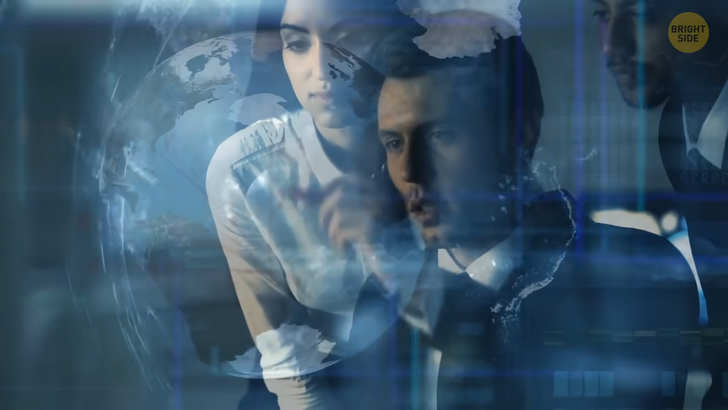
The ecosystem will completely change, but it’s quite difficult to say what it all will lead to. The more data we receive over time, the more accurately we can predict the future of our planet. At the moment, all these are just theories, and scientists note that they are still far from being proven. But even so, the results of the team’s work are very impressive!
They tell us a lot not only about the future of the planet but also about its past. It would be great if humans could live up to those times. We could watch from distant space how our home planet is changing. It’s fascinating and a little bizarre at the same time.










